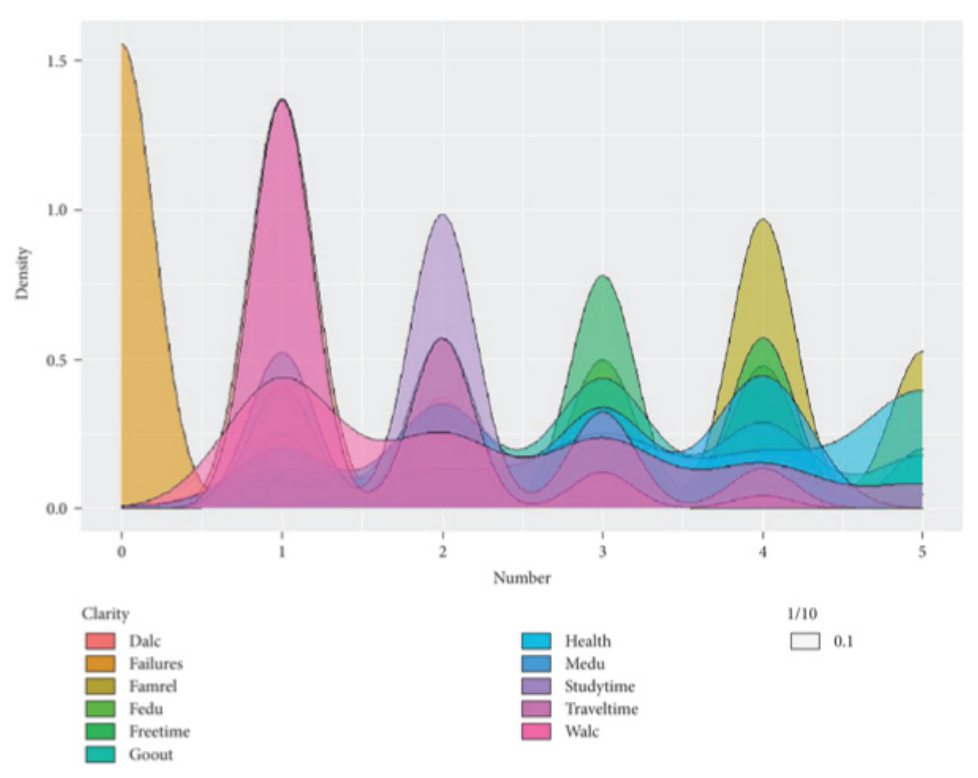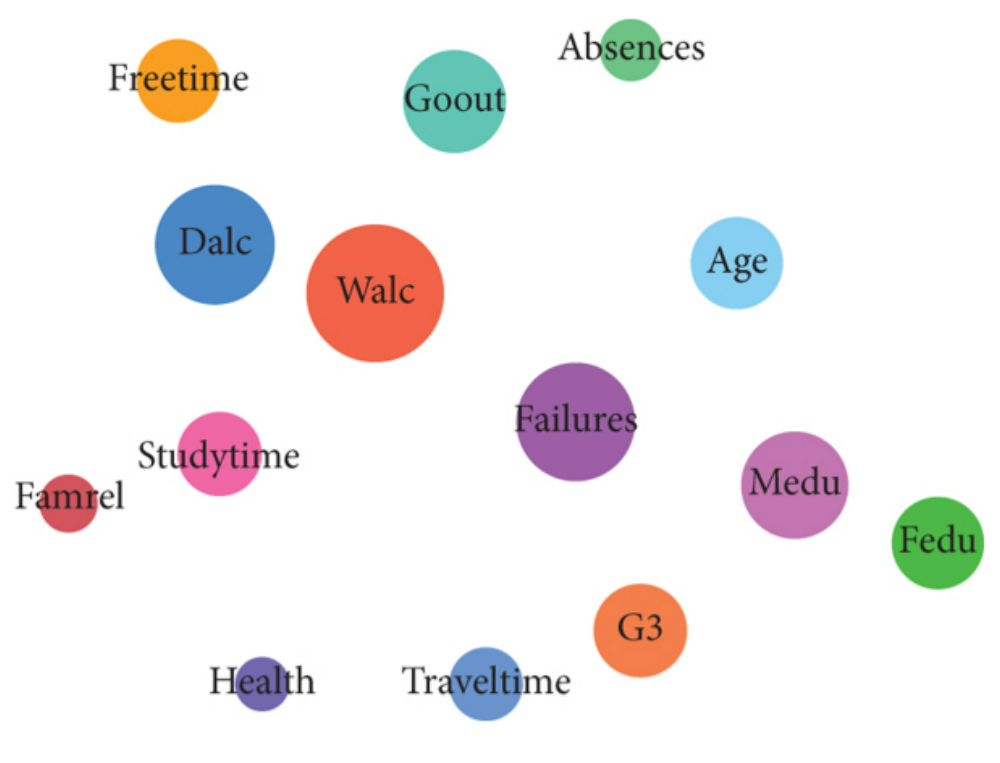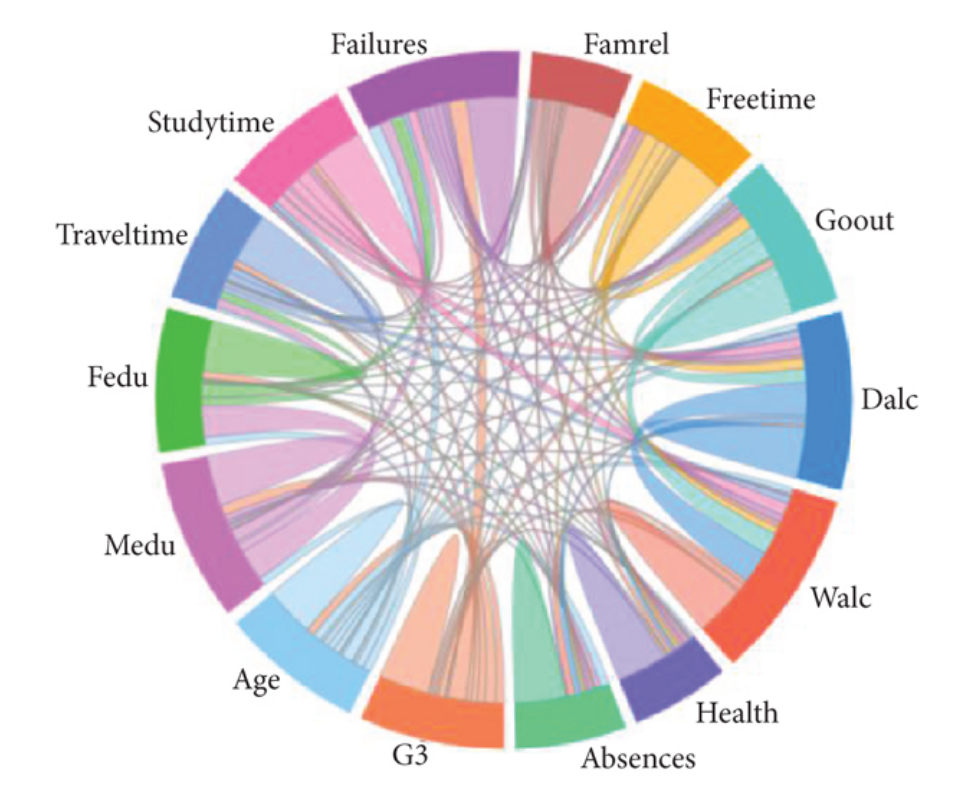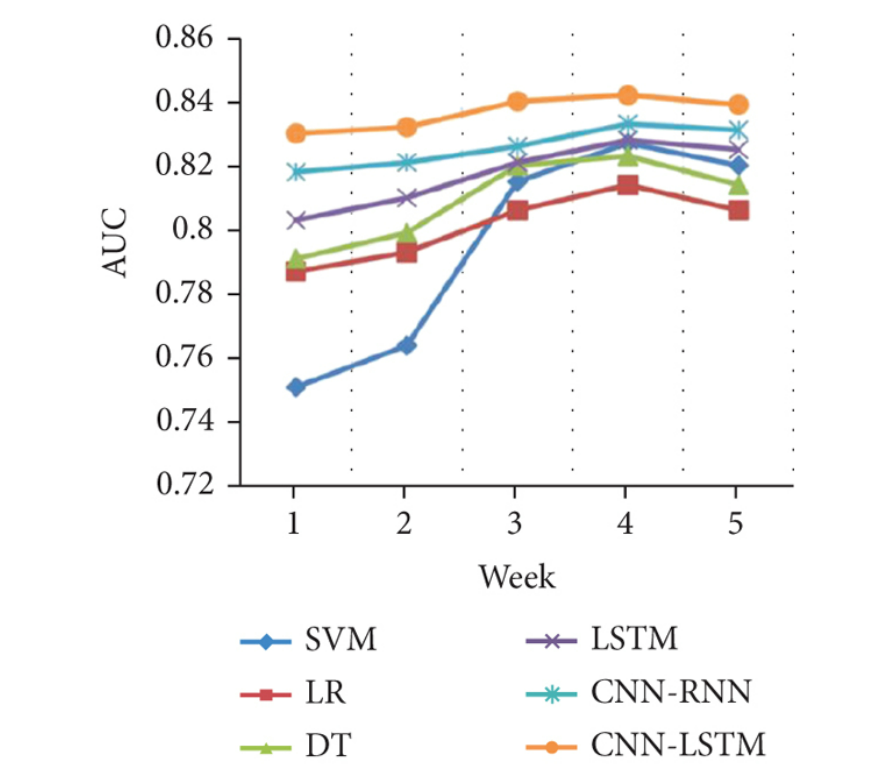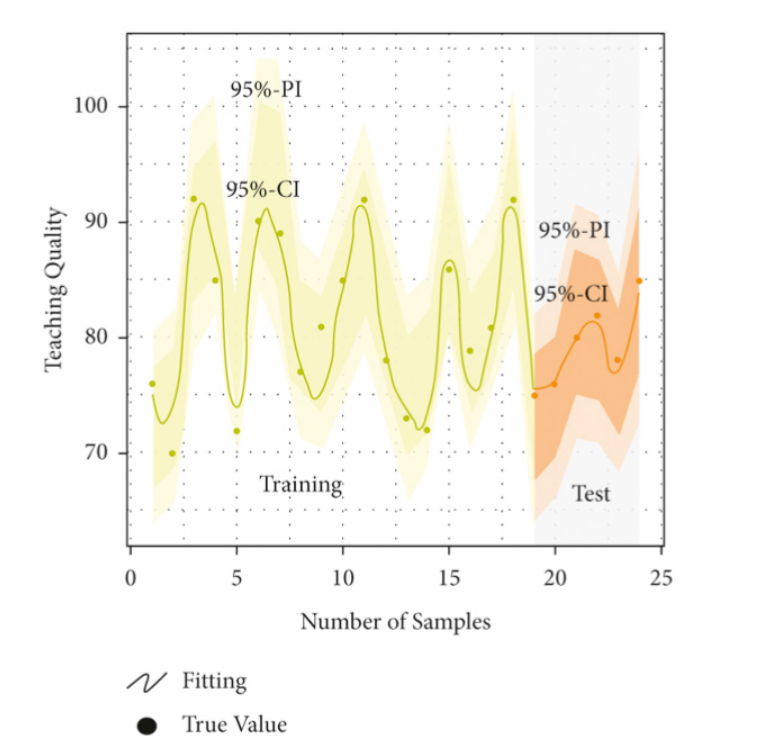 An open access journal
An open access journal
AI in Healthcare: Transforming Diagnosis and Treatment
Abstract
This paper investigates the transformative impact of artificial intelligence (AI) in healthcare, focusing on how AI technologies are revolutionizing diagnosis and treatment. Through an analysis of case studies and research findings, the study explores how AI-driven solutions such as medical imaging analysis, predictive analytics, and personalized medicine are reshaping various aspects of healthcare delivery, including disease detection, patient management, and drug discovery. It discusses the potential benefits of AI in improving diagnostic accuracy, reducing medical errors, and enhancing patient outcomes, while also addressing challenges related to data privacy, ethical considerations, and regulatory compliance. Additionally, the paper examines the role of AI in enabling more proactive and personalized healthcare interventions, by analyzing patient data and predicting health risks in real-time. Furthermore, it discusses the importance of interdisciplinary collaboration, continuous learning and validation of AI models, and patient-centered approaches in harnessing the full potential of AI in healthcare. The findings underscore the transformative power of AI in creating more efficient, accurate, and accessible healthcare services for patients and providers alike.
Share and Cite
Article Metrics
References
- Esteva, A., Kuprel, B., Novoa, R. A., Ko, J., Swetter, S. M., Blau, H. M., & Thrun, S. (2017). Dermatologist-level classification of skin cancer with deep neural networks. Nature, 542(7639), 115-118.
- Gulshan, V., Peng, L., Coram, M., Stumpe, M. C., Wu, D., Narayanaswamy, A., ... & Kim, R. (2016). Development and validation of a deep learning algorithm for detection of diabetic retinopathy in retinal fundus photographs. JAMA, 316(22), 2402-2410.
- Obermeyer, Z., & Emanuel, E. J. (2016). Predicting the future—Big data, machine learning, and clinical medicine. New England Journal of Medicine, 375(13), 1216-1219.
- Rajkomar, A., Dean, J., & Kohane, I. (2019). Machine learning in medicine. New England Journal of Medicine, 380(14), 1347-1358.
- Ravi, D., Wong, C., Deligianni, F., Berthelot, M., Andreu-Perez, J., Lo, B., & Yang, G. Z. (2017). Deep learning for health informatics. IEEE Journal of Biomedical and Health Informatics, 21(1), 4-21.
- Topol, E. J. (2019). High-performance medicine: The convergence of human and artificial intelligence. Nature Medicine, 25(1), 44-56.
- Wang, F., Casalino, L. P., Khullar, D., & Deep Learning for Patient-Specific Kidney Graft Survival Analysis. (2019). JAMA Network Open, 2(12), e1917233.
- World Health Organization. (2016). Global strategy on human resources for health: Workforce 2030.

